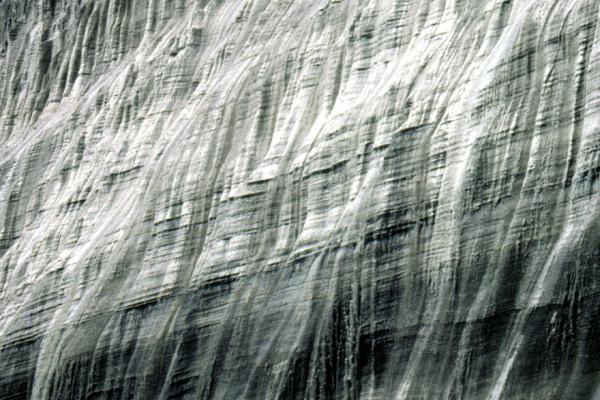Cryogenic Resurrections: The Perils and Wonders of Ancient Organisms Emerging from Melting Ice

In a recent scientific discovery, researchers successfully revived a microscopic roundworm encased in 46,000-year-old Siberian permafrost. Remarkably, the roundworm was so well-preserved that it began reproducing.
This intriguing development is not the first instance of so-called "zombie" organisms emerging from ice. Scientists have a history of resurrecting prehistoric viruses and ancient bacteria preserved in frozen environments. However, the situation is becoming more concerning due to the ongoing climate crisis, causing the melting of ice sheets worldwide.
Similar observations were made with nematodes found in Siberian permafrost after around 24,000 years in ice. One alarming finding came from French professor Jean-Michel Claverie, who identified strains of frozen viruses dating back 48,000 years in Siberian permafrost. These viruses were capable of infecting single-cell organisms known as amoebas. While the risk of these viruses infecting animals and humans remains unclear, experts have raised concerns about them being a potential public health threat.
In 2021, Research Associate Zhi-Ping Zhong from the Byrd Center's Ice Core Paleoclimatology Group, in collaboration with a scientific team, led the publication of their research in the journal Microbiome that uncovered 28 prehistoric viruses in ice cores, some dating back 15,000 years, with 15 of them previously unknown to science.
Bacteria have also been retrieved from ancient ice, some potentially surviving for millions of years underground. For example, scientists in the 2000s recovered a bacterium from Antarctic ice that could divide and multiply in the laboratory despite scientists estimating it originated from 8-million-year-old ice.
The implications of these ancient bugs for the human body are unclear, as our immune defenses have developed in response to the microbiological environment of our time. If viruses hidden in permafrost have not been in contact with humans for thousands of years, our immune defenses may not be adequately prepared to combat them.
These findings offer valuable insights into how climate change affects viruses and microbes in extreme environments. Scientists are eager to understand how bacteria and viruses respond to shifts from ice ages to warmer periods.
Scientists are concerned that previously eradicated or controlled pathogens could resurface due to the melting ice. For example, an anthrax outbreak in Russia in 2016, the first in 70 years, was attributed to a pathogen that had been dormant in permafrost and became active during a heat wave, leading to one child's death and multiple illnesses.
These discoveries underscore the need for further research and vigilance as climate change continues to impact the preservation and release of ancient organisms from ice.
Read Business Insider's article, "Scientists have revived 'zombie' bugs and viruses before that were trapped in ancient ice. One may have been 8 million years old."
Visit Microbiome to read about the "Glacier ice archives nearly 15,000-year-old microbes and phages."
